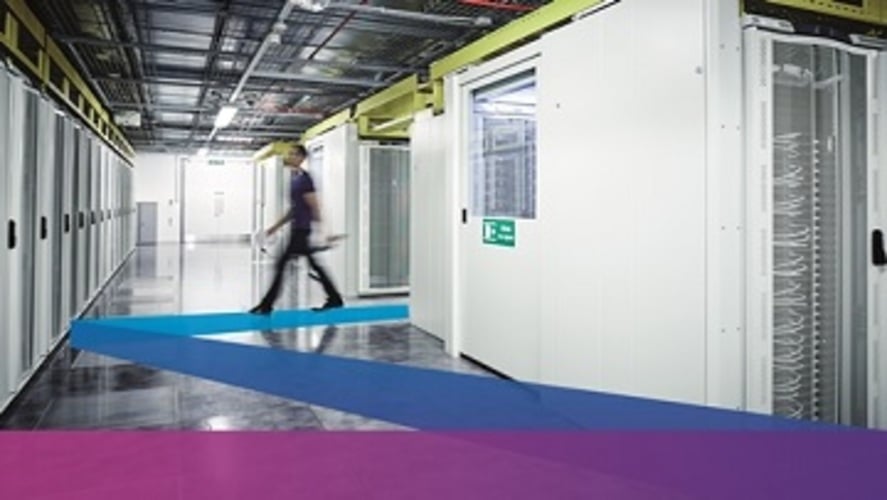 Bloomberg recently posted the story, “How 5G will Juice Up Your Phone and Your Fridge,” noting that “businesses that rely on wireless connectivity are already dreaming of how they can put 5G to work.”
Bloomberg recently posted the story, “How 5G will Juice Up Your Phone and Your Fridge,” noting that “businesses that rely on wireless connectivity are already dreaming of how they can put 5G to work.”
When I try to describe the fifth generation mobile network (5G) to my daughter, I tell her she’ll be able to download films like Harry Potter and the Deathly Hallows in a few seconds from her phone. However, she doesn’t seem that impressed.
But she’s my toughest audience.
CLICK TO TWEET: CommScope's Amar Mandhyan explains why you shouldn't run out and buy a 5G smartphone yet.
When I speak to service providers and network wireless operators, they are passionate about a future network that is 100 times faster. They’re dreaming of smarter cities, better healthcare and automated cars. And their big question remains, “how can we build new revenue models with technology that will reshape our world?”
I tell them we need to focus on adding network capacity. There’s only one way to help consumers around the world get from point A (eight exabytes) to B (80 exabytes) of monthly mobile data traffic by 2021, according to a market research by iGillottResearch.1 They need to prioritize technology which makes everything work. Another fancy way of saying they should focus on network densification.
During 5G Asia in Singapore, I will highlight the following ways operators can get ready for the next generation wireless system:
- Get more bang for your buck when it comes to spectrum: More data can be shared in millimeter waves which travel shorter distances. Through innovative engineering and advanced signal processing algorithms, Massive MIMO connections avoid the negative effects of multipath interference while significantly increasing the speed that users can access the internet, play games and watch video.
- Make densification a priority: In an ideal world, options available to operators can be conceptually understood from the Shannon’s Channel Capacity Theorem. However, due to zoning conditions and site acquisition issues, there’s a limit to what can be achieved. Indoor and outdoor distributed antenna systems (DAS) coupled with small cell solutions enable network densification.
- Don’t compare apples to oranges: There are differences between how densification is done for 4G/5G as compared to 2G/3G. They include (a) focusing on capacity and QoE, (b) densifying small and medium size premises in addition to large venues (c) fiber based backhaul provisioning and (d) addressing speed and capacity for outdoor hotspots.
My daughter asked me when her 5G phone would be available. I told her there’s much to be done and that’s why I’ve signed up to collaborate with the brightest in the business – those who work at CommScope. If you’re in Singapore on 4 October, come by and we’ll talk about adding capacity to your network.
1iGillottResearch: Global Mobile Data Forecast, 2016 – 2021: Still Growing and No Signs of Slowing (Version 1, Report Number: 01Q2017-04)











